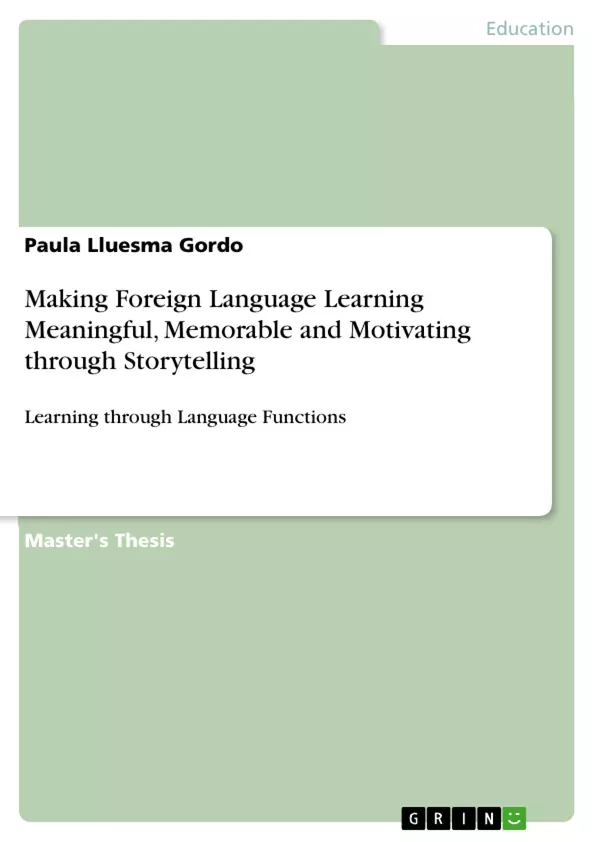Speaking in a second or foreign language has often been viewed as the most demanding of the four skills. When attempting to speak, learners must master their thoughts and encode them in the vocabulary and syntactic structures and functions of the target language for a communicative purpose. This desire for speaking stems from the desire for communicating with the members of another community. Because, what is language but communication? Communication is what has allowed man to evolve and develop. It is at the heart of any relationship and forms the basis of human civilization.
Oral communication and conversation is the rock on which personal relationships are built. It is such a common part of our everyday lives that we take it for granted. From a casual conversation with a stranger at a bus stop to an intimate conversation with some friends, it would be impossible for us to go about our daily lives without being able to communicate with others.
It is not only on a personal level that oral communication is important. When we watch TV, listen to the radio, listen to a lecture at university, we are participating in an oral communication act and certainly, when we listen to a personal, short story or an anecdote.
In this study, we will look at the different factors involved in accomplishing a specific task like storytelling by setting the differences between an oral and a written story. We will also look at the intentionality of the communicative situation, at the strategies used to overcome any deficiency in language competence, the functions involved and, mainly, at the process whereby students will be able to be successful in this specific communicative situation.
This paper is divided into two main parts: the first part is a theoretical background which is necessary to build the second part, that is, the practical part, where the different activities are presented to improve progressively the students' four skills in order to develop the final task, which consists of students creating their own personal story to produce it orally in class with their classmates as their audience.
Inhaltsverzeichnis (Table of Contents)
- INTRODUCTION
- Storytelling.
- LITERATURE REVIEW
- Communication.
- Communication process and its strategies
- Pragmatics.
- Speech acts.
- Language functions
- Storytelling: spoken vs written
- A) Spoken stories.
- B) Written stories
- Text and Context.
- DISCUSSION: From process to product.
- Materials design and lesson planning
- PART I: developing fluency
- PART II: developing accuracy
- PART III: developing pronunciation
- PART IV: storytelling
- CONCLUSION
Zielsetzung und Themenschwerpunkte (Objectives and Key Themes)
This paper aims to provide a practical approach to the teaching of storytelling in foreign language learning. It explores how storytelling can be used to make language learning more meaningful, memorable, and motivating for students. The paper focuses on developing learners' fluency, accuracy, and pronunciation skills, ultimately culminating in students' creation and performance of their own personal stories.
- The importance of pragmatics and language functions in communication, particularly storytelling.
- The differences between oral and written storytelling, and how these differences affect language use.
- The cognitive processes involved in creating and telling stories, and how to support these processes in the classroom.
- The design and implementation of activities to enhance students' storytelling skills, including fluency, accuracy, and pronunciation.
- The benefits of using storytelling as a tool for making language learning more meaningful, memorable, and motivating.
Zusammenfassung der Kapitel (Chapter Summaries)
The introduction provides a broad overview of the importance of communication, particularly oral communication, in human life and development. It highlights the role of storytelling as a tool for preserving cultural narratives and fostering creativity.
The literature review explores the concept of communicative competence, encompassing linguistic, sociolinguistic, and strategic competences. It examines the role of pragmatics, speech acts, and language functions in communication. This section also delves into the unique characteristics of oral and written storytelling, highlighting the differences in their structures and contexts.
The discussion section focuses on the practical application of the theoretical framework outlined in the previous sections. It presents a series of sequenced activities designed to progressively develop students' storytelling skills. This section also explores the role of materials design and lesson planning in facilitating the learning process.
Schlüsselwörter (Keywords)
The main keywords and focus topics of the text include communicative competence, pragmatics, speech acts, language functions, storytelling, oral discourse, written discourse, fluency, accuracy, pronunciation, materials design, lesson planning, and cognitive processes. The paper emphasizes the importance of integrating theoretical concepts into practical classroom activities to create meaningful and engaging learning experiences.
- Arbeit zitieren
- Paula Lluesma Gordo (Autor:in), 2011, Making Foreign Language Learning Meaningful, Memorable and Motivating through Storytelling, München, GRIN Verlag, https://www.grin.com/document/264457



